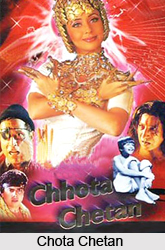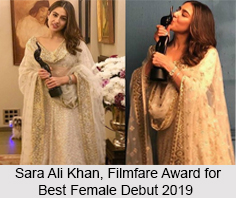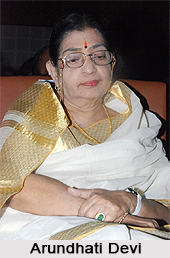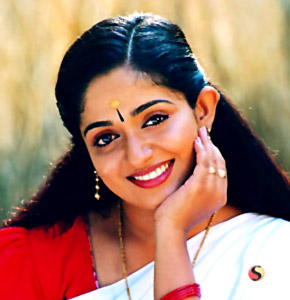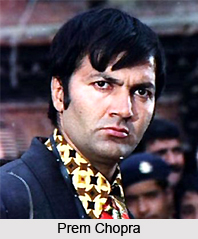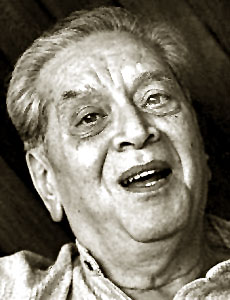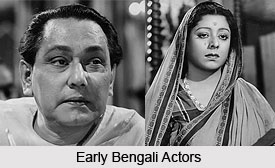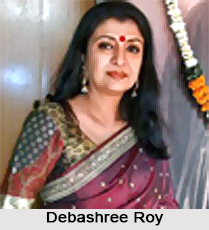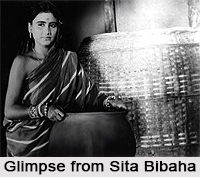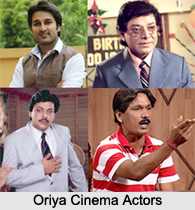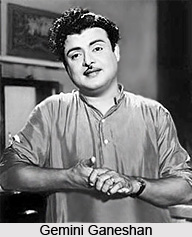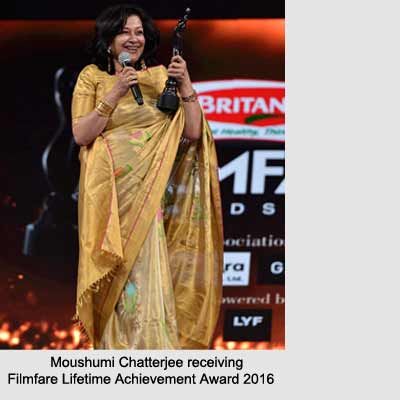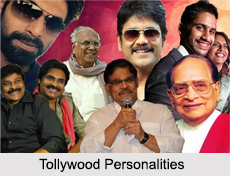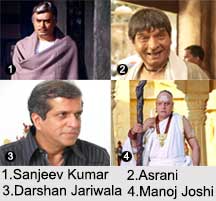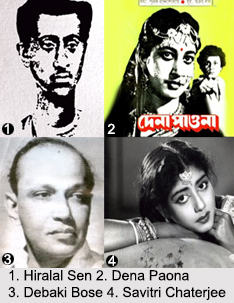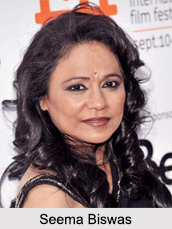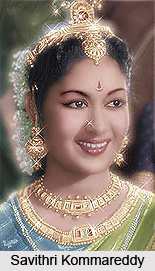 Filmfare Awards are the oldest and most prestigious film awards in the Hindi film industry (Bollywood). They are held annually to recognise the best works and talents that emerged in Hindi films in the preceding calendar year, thus providing encouragement and incentive to the industry. The event is organized every year by Filmfare magazine of The Times Group, to celebrate and honour the artistic and technical excellence of Hindi film professionals. A major event in Indian cinema, the Filmfare Awards were introduced in 1954, the same year as the National Film Awards. The awards are presented under a dual voting format in which the voting is done by both the public and a committee of experts, i.e., the jury. There is also a separate category for critics" choice. The credibility of Filmfare Awards has garnered it the tag of the Hindi Films equivalent of the Oscars.
Filmfare Awards are the oldest and most prestigious film awards in the Hindi film industry (Bollywood). They are held annually to recognise the best works and talents that emerged in Hindi films in the preceding calendar year, thus providing encouragement and incentive to the industry. The event is organized every year by Filmfare magazine of The Times Group, to celebrate and honour the artistic and technical excellence of Hindi film professionals. A major event in Indian cinema, the Filmfare Awards were introduced in 1954, the same year as the National Film Awards. The awards are presented under a dual voting format in which the voting is done by both the public and a committee of experts, i.e., the jury. There is also a separate category for critics" choice. The credibility of Filmfare Awards has garnered it the tag of the Hindi Films equivalent of the Oscars.
History of Filmfare Awards
The Filmfare Awards were introduced in the year 1954, originally named as The Clares after the The Times of India editor Clare Mendonca. The readers of Filmfare were polled to decide the winners and over 20,000 of them spread all across India participated in these polls. Trophies were presented to the winners of the popular vote. In the first edition of the awards held on 21st March, 1954, at the Metro Theatre of Mumbai, only 5 awards were presented namely Best Film, Best Director, Best Actor, Best Actress and Best Music Director.
The dual voting system was developed in the year 1956 for the awards ceremony. Filmfare Awards were not held for the films of 1986 and 1987 for some security reasons. Over the years, the Filmfare Awards have evolved in many aspects, from starting with merely 5 major categories of awards to currently presenting awards in as many as 31 categories, covering a diverse range of artistic and technical fields in film making.
Filmfare Awards Trophy
The Filmfare Awards trophy is a black statuette displaying a woman in a dance posture, with her arms uprise and fingers touching. It is popularly referred to as "The Black Lady" or "The Lady in Black". It was originally designed by N. G. Pansare under the supervision of The Times of India art director Walter Langhammer. Generally made of bronze, its height is 46.5 centimetres and it weighs around 5 kilograms. For celebrating the 25th year and the 50th year of the awards, the statues were sculpted in silver and gold respectively. The trophy had only a few changes until 2013, when a major change was made in its design to give it a 3D look.
Red Carpet in Filmfare Awards
In Filmfare Awards, there is a Red Carpet segment before the actual ceremony during which the Hindi film personalities are introduced, with many actors, actresses, directors, producers and other field professionals walk along the vibrant red carpet, greeting fans along and also answering questions posed to them by the hosts, regarding stage performances in the ceremony and prospective winners of The Black Lady in their opinion. The Red Carpet is a traditional welcoming platform for these distinguished professionals by the organizers, expressing gratitude for their presence in the occasion.
61st Filmfare Awards, 2016
The 61st edition of the Filmfare Awards was held on the 15th of January, 2016, at Yash Raj Studios in Mumbai. The awards ceremony honoured the Hindi films of 2015 and was hosted by megastar Shah Rukh Khan and popular comedian Kapil Sharma.
Among the illustrious range of nominees that were announced on 11th January, 2016, film "Bajirao Mastani" produced and directed by Sanjay Leela Bhansali and starring Ranveer Singh, Deepika Padukone and Priyanka Chopra ended up bagging a whooping 9 awards, including Best Film, Best Director and Best Actor. Other noted winners were "Piku" bagging 6 awards, "Dum Laga Ke Haisha", "Roy", "Talvar", and "Tanu Weds Manu Returns" clinching 2 and "Bajrangi Bhaijaan", "Bombay Velvet", "Dil Dhadakne Do", "Hero", "Masaan" and "Tamasha" winning one each.
